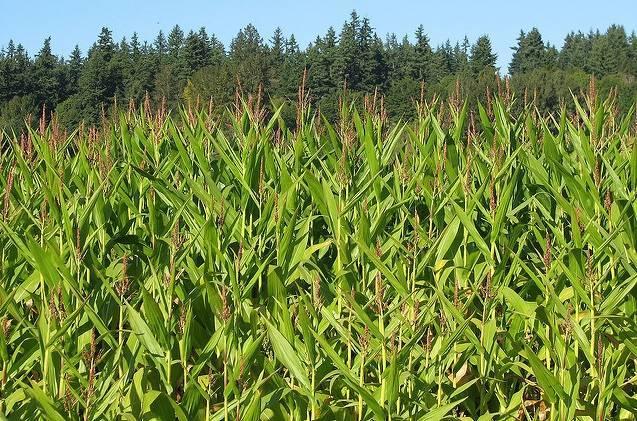
By Governance & Accountability Institute
The CEO of one of the nation’s leading food and agriculture companies, Land O’Lakes, Chris Policinski, has an important message for us: “To move the planet forward, farmers must lead the charge. But they cannot do it alone. Coordinated action on sustainability across the food supply chains is the only way to achieve lasting progress.” He tells us how and why in his commentary in a Top Story.
Some background: The Population Division of the Department of Economic and Social Affairs of the United Nations Secretariat in the 2017 revision of the World Population Prospects (the 25th version of this report) says the current world population of 7.6 billion is expected to reach 8.6 billion in 2030, 9.8 billion in 2050 and 11.2 billion in 2100. More than 80 million people are added to the world’s population each year. One of the 2030 Agenda for Sustainable Development Goals (SDGs) is to end poverty and hunger—how we achieve this will depend in large measure on the success of growers in the USA and many other lands.
Looking at global agriculture moving towards 2050, there are serious challenges posed. In 2009, the UN’s Food and Agriculture Organization (FAO) described some of these: much more food and fiber must be produced; there will be a smaller rural labor force to help do this; there will be increased demand for more feedstocks for a potentially huge bioenergy market; adapting to climate is necessary; and, ag producers must be more efficient and sustainable. Demand for cereals, for example, could almost double from today’s production (for animal feed and human food). Almost all of the land expansion for ag could be in sub-Saharan Africa and Latin America.
CEO Policinski, writing in Agri-Pulse, explains that while the discussion about climate change and other challenges seems to be focused on developments being a generation away, American farmers are dealing right now with such things as harsh drought, severe weather and more pests . . . the challenges to the food supply are happening right now.
And it is time to start talking about sustainability differently . . . to include (for example) the reality of what farmers face, acre-by-acre/field-by-field. And then, “farm-to-fork” issues. Bringing together big-picture, company-level sustainability commitments and acre-by-acre conservation efforts makes both more effective. The great example used by CEO Policinski is Wal-Mart’s Project Gigaton, which aims to remove one billion metric tons of GhGs from the company’s supply chain by 2030. (Land O’Lakes was one of the first supply partners to sign on.)
Note: Land O’Lakes, Inc. is a member-owned cooperative agribusiness and food production company based in Minnesota, with $13.7 billion revenues in 2017. The cooperative is almost 100 years in operation and ranks #215 on the Fortune 500® roster.
There’s much more for you in the Land O’Lakes CEO’s message in one of our Top Stories. This week we have ag and food in focus in G&A's Sustainability Highlights newsletter this week. Click here to view the full issue.
Photo: Flickr Creative Commons 2.0
TriplePundit has published articles from over 1000 contributors. If you'd like to be a guest author, please get in touch!














